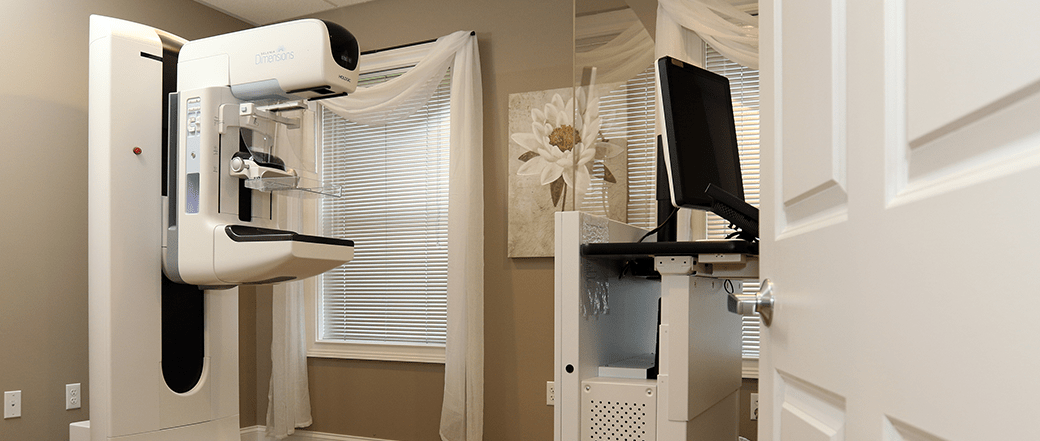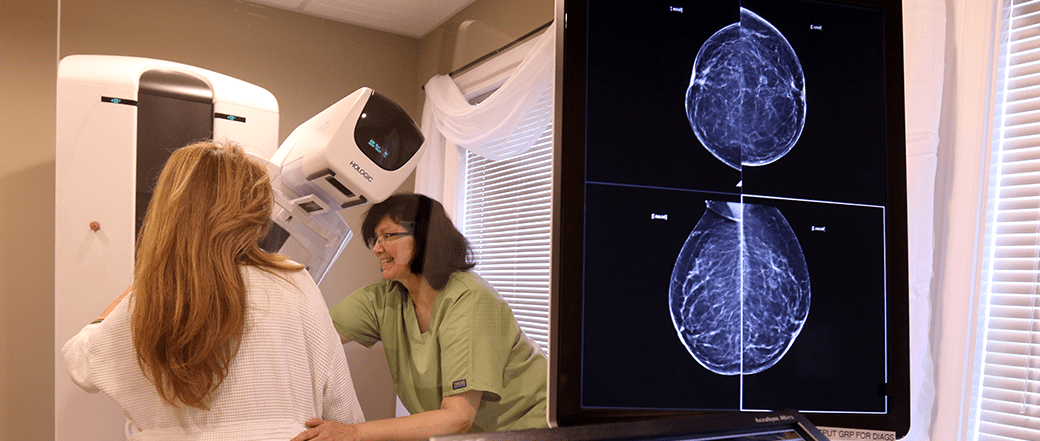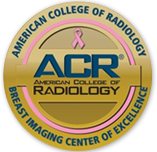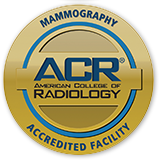3-D Mammography
3–D mammography is the latest improvement in imaging to detect breast cancer. Conventional 2-D mammography produces pictures in which an X-ray passes through the breast along a single line, giving an image in which all of the breast structures along that line are overlapped with each other. This overlap is not much of an issue in a breast composed mostly of fat, because fat is relatively “clear” to X-rays, so that an underlying breast cancer is usually easily seen through the fat. However, it is a different situation when the patient’s breast is dense, containing a lot of normal breast glandular tissue. The X-ray can’t see as well through this dense tissue, and an underlying breast cancer becomes difficult to see, like “looking for a polar bear in a snowstorm.”
3-D mammography takes X-ray pictures of the breast from many different angles, not just along a single line. Using this multi-angle information, computer processing allows formation of many thin slice pictures through the breast, minimizing the problem of overlapping, superimposed density. By looking through these slice pictures, it is easier for the radiologist to detect a cancer that might otherwise have been obscured by normal dense tissue.
This results in about 40% better sensitivity in detecting invasive cancers for 3-D compared with 2-D mammography. In addition, 3-D mammography results in fewer “false alarms.” For example, 2-D mammography may have suggested a suspicious opacity that would have necessitated a call-back for additional imaging, but 3-D mammography may be able to show that the same opacity is just overlapping normal glandular tissue, so that no call-back is needed. The patient experience for the 3-D mammography procedure is virtually the same as for conventional 2-D mammography.
Visit Preparations
Please refrain from applying deodorant or powders before your exam
For your convenience you make download and fill out the following forms
- Information on Charges for 3D Mammography
- Mammography Questionnaire
- Spanish Mammography Questionnaire
- Meaningful Use Patient Questionnaire
- Spanish Meaningful Use Patient Questionnaire
Please Bring the Following Items with you to your visit
- Photo ID
- Physician’s Order Forms
- Your Insurance Card




